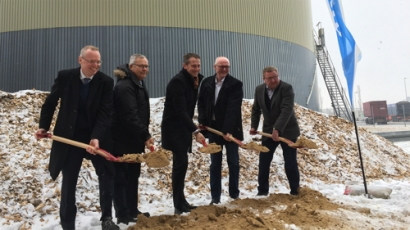
"It's really good news for our climate that we join forces with our heat customers to make Herning Power Station even more efficient. It's already a green power station running on sustainable biomass, and now we'll be able to reduce the fuel consumption significantly, thus ensuring that the power station is a competitive alternative to fossil fuels," said Thomas Dalsgaard, Executive Vice President and CEO of Bioenergy & Thermal Power at Ørsted.
The company also signed a 15-year agreement with Eniig Varme, Energi Ikast Varme and Sunds Vand og Varme on the supply of district heating from Herning Power Station.
"We have an exciting period ahead of us, and I'm convinced that in future, it'll become even more attractive to be a district heating customer in Herning," Erling Vendelbo Klemmensen, Head of the Heat Division at Eniig Varme commented.
Herning Power Station was officially opened in 1982 as a coal-fired power station. In 2000, it was converted to use natural gas, and two years later it was converted to using primarily wood chips as fuel. Since 2009, it has been able to run exclusively on biomass – primarily wood chips supplemented with wood pellets. And today sees the establishment of a flue gas condensation plant that will exploit the residual heat in the flue, making the plant more efficient.
The conversion includes the construction of a new building to house the plant as well as installation of all the mechanical components required to draw energy from the flue before it's discharged from the stack.
Herning Power Station has a capacity of 88MW of power and 171MJ/s of district heating and covers the annual heat consumption of approx. 48,000 Danish households.
The new plant is expected to be ready during the fall 2019.

